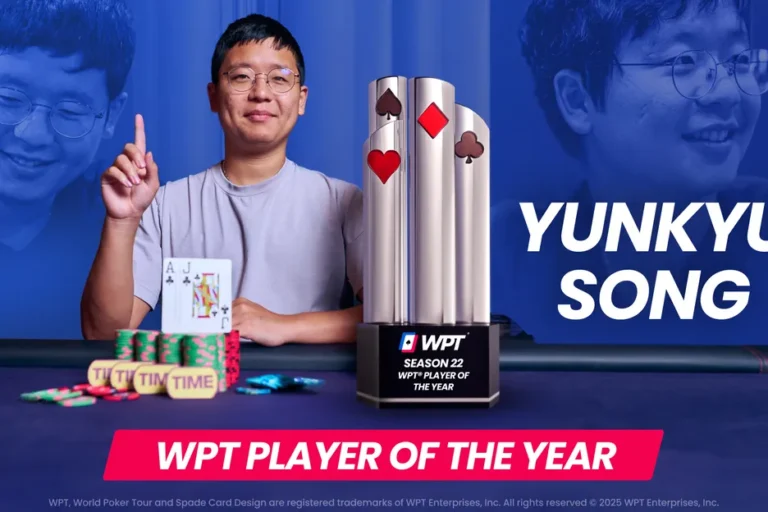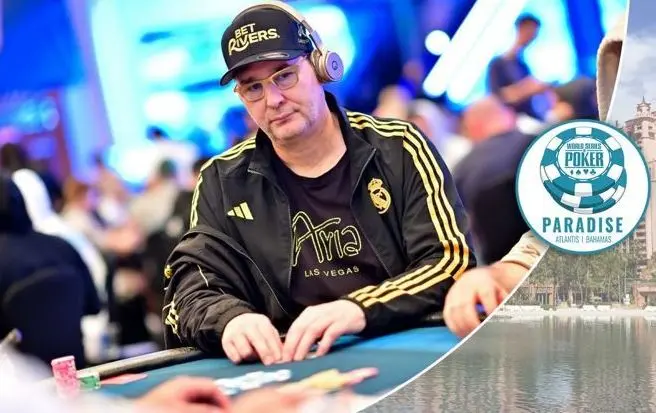 As the US gambling industry prepares for its annual G2E jamboree in Las Vegas, little is being done to raise awareness of problem gambling.
As the US gambling industry prepares for its annual G2E jamboree in Las Vegas, little is being done to raise awareness of problem gambling.
Next week, the American Gaming Association hosts its nineteenth annual Global Gaming Expo (G2E) in Las Vegas. The event will attract around 25,000 attendees over its four days of talks, demonstrations, and activities, and around 450 companies will be exhibiting their latest technologies – many of which are designed to “increase consumer engagement”.
While it is understandable the gambling industry would want more consumers to spend more money more often, little thought is being given to the consequences of increased consumer engagement. Of the 150 talks, demonstrations, and activities, only three are related to responsible gambling; and whereas one is a worthwhile fundraiser for the National Council on Problem Gambling, the other two advocate proven-to-fail gambling prevention methods.
Is It the Industry´s Job to Raise Awareness of Problem Gambling?
Not really, but if it ignores the consequences of increased consumer engagement, the likelihood is regulators will force the industry into implementing stricter controls to prevent problem gambling. Some of the alternatives include lower deposit limits, statewide bans on players identified as having a gambling problem, and loss limits – a control that reportedly cost the Scandinavian online operator PAF €4 million in revenue when a €25,000 loss limit was introduced last year.
Unfortunately, these measures do not prevent determined online gamblers from “getting on”. As was shown during the period between Black Friday and the regulation of online poker, online casinos, and online sports betting, it´s not difficult to find a game if you know where to look. Telling a determined gambler he or she has reached their deposit limit or loss limit will simply drive them to an alternative operator that doesn´t enforce responsible gambling controls.
So, What´s the Solution and How Can the Industry Help?
The solution is to raise awareness of problem gambling in such a way that it removes the stigma of gambling addiction. This is more complicated than it sounds because it is not only the gambler´s “self-stigma” (or denial) that prevents them from reaching out to family and friends or seeking help independently, it is the perceived public stigma that discourages problem gamblers from self-excluding or attending counseling sessions.
To remove the stigma of gambling addiction it will require a massive “cycle of change”, and although the National Council on Problem Gambling does a good job of providing information and sources of help, the organization doesn´t get much in the way of support from individual states. This year only fourteen states supported the organization´s Problem Gambling Awareness Month campaign in March, and fifteen states (plus the District of Columbia) don´t have any affiliation with the organization at all.
However, the gambling industry has close ties with individual states. Indeed forty of the speakers at the G2E event have a role related to “government relations”. I recommend these speakers – and as many industry professionals as possible – read the excellent research (PDF) compiled by Professor Nerilee Hing and the team at Southern Cross University and approach their governmental counterparts with solutions to raise awareness of problem gambling.
The G2E event provides an excellent opportunity to start the ball rolling, and the gambling industry has an incentive to take the initiative in this respect – deal with the issue before control of it is taken out of your hands. It might be too late to increase the number of responsible gambling talks, demonstrations, and activities planned for this year´s event, but the opportunity exists to lay the foundations for a twentieth-anniversary expo that promotes increased – but safe – consumer engagement.




